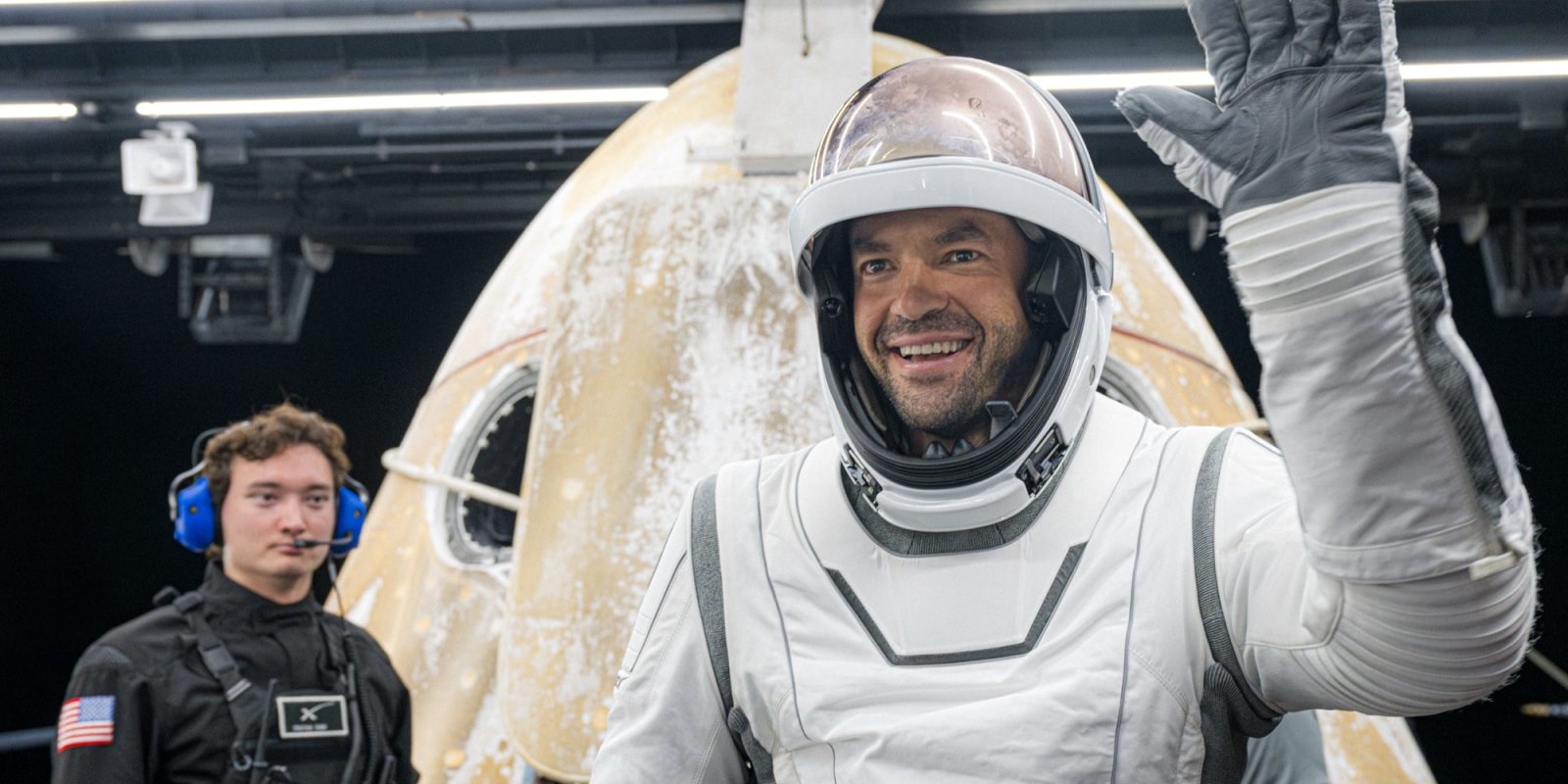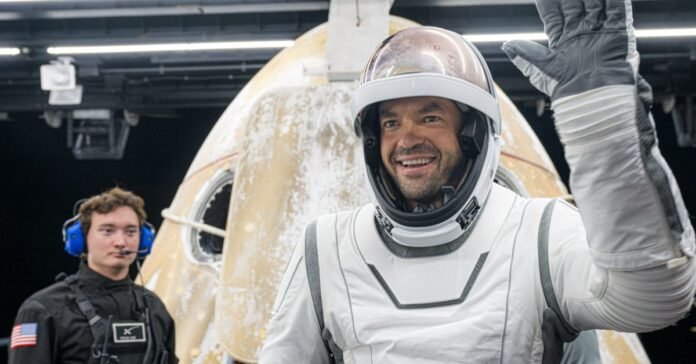
Jared Isaacman, best known for commanding private astronaut missions such as Inspiration4 and Polaris Dawn, has pivoted from his sudden departure as NASA’s Administrator nominee to lead a bold new front: mobilizing private capital for space science. At the June 21 International Space Development Conference in Orlando, where he accepted the National Space Society’s Wernher von Braun Award, he shared his vision for privately funded robotic science missions developed in partnership with top-tier universities.
Isaacman stated plainly, “I wouldn’t mind maybe trying to put that to a test and see if you could fund an interesting robotic mission .. and try and get some of the top‑tier academic institutions who want to perform.”
This concept originates from what Isaacman had envisioned during his NASA confirmation journey – a role he never assumed. Instead of stepping into the agency’s hierarchy, he now aims to incubate research missions from the outside.
Isaacman’s Polaris program already exemplifies this model: Polaris Dawn launched in September 2024, featuring the first private spacewalk and 40 science experiments in an orbit as high as 1,400 kilometers. It was a mission he funded.
The core of Isaacman’s plan is twofold. First, he wants to fund small-to-midscale robotic missions – space probes, CubeSats, and lunar landers – through private capital, with scientific payloads designed and managed by universities. This approach would mirror the model of the National Park Foundation, offering philanthropic and corporate donors targeted, tax-deductible ways to support public-purpose science.
Second, he has expressed a desire to see NASA evolve into more of a facilitator rather than serving solely as the executor of science missions. He notes that many “needle-mover” projects, like nuclear electric propulsion or planetary science instruments, could be steered by private entities and academia, freeing NASA to concentrate on flagship missions and infrastructure.
While he has no authority to enact such a shift, Isaacman’s public comments and vision reflect a growing sentiment among commercial space leaders advocating for a more distributed, partnership-driven approach to scientific exploration.
Isaacman’s emergence as a science philanthropist is timely. NASA’s proposed 2026 budget undercuts funding for deep-space exploration and science, creating a looming gap in the agency’s capabilities. By enabling external funding, Isaacman hopes to deliver resilience against these cyclical cuts. Instead of saying “no” to promising research, universities could pursue financially backed space missions with NASA advisory support.
Still, several questions remain. What scale of mission is feasible? Isaacman implies early funding could be in the millions, but ambitious enough to validate the model. Would these missions rely solely on private rockets, or require integration with NASA systems?
He suggested a legal and structural framework, akin to a NASA Foundation, may be necessary to enable
collaboration and ensure accountability. Identifying willing academic partners is critical; universities would need confidence in technical, scientific, and operational reliability.
Industry experts and the media seem to recognize the potential. Publications such as Orbital Today and SpaceNews have spotlighted Isaacman’s blueprint, noting its relevance amidst budget constraints and the need for commercial science infrastructure. Gizmodo similarly highlighted Isaacman’s public commitment to academic partnerships for robotic missions.
The Polaris program itself sets an important precedent. Its private funding, coupled with tangible scientific returns and historic milestones like a commercial spacewalk, positions Isaacman as a frontrunner in privately funded space science. If this new initiative takes root, his role could evolve from benefactor to architect, designing sustained, repeatable science campaigns beyond government cycles.
For long-term success, establishing a formal private nonprofit arm could streamline donor participation, align with academic research timelines, and grant tax benefits, paving the way for high-impact missions such as small Mars landers or deep-space telescopes.
Using his platform, capital, and commercial spaceflight experience, Isaacman is striving to build a complementary ecosystem, one where universities, philanthropists, and entrepreneurs join forces to conduct meaningful space research independent of federal budgets.
Isaacman’s vision stands at a crossroads: if successfully launched, this initiative could redefine how science is funded and conducted in space, a lasting legacy that might echo even beyond the NASA title he never held.
FTC: We use income earning auto affiliate links. More.






